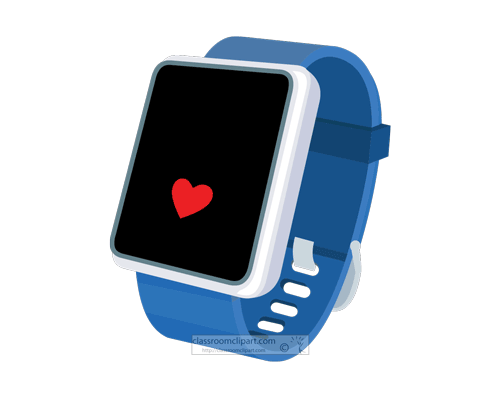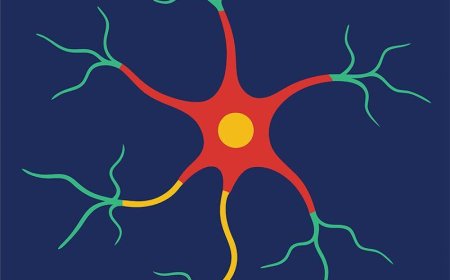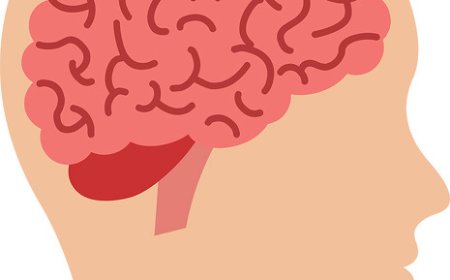List of Major Organs in the Human Body

🧍 List of Major Organs in the Human Body
(Grouped by body system)
🧠 Nervous System
Controls thoughts, movement, senses, and communication inside the body.
- Brain – The command center; controls everything from breathing to thinking.
- Spinal cord – Sends messages between the brain and body.
- Nerves – Carry signals throughout the body.
❤️ Circulatory System
Delivers oxygen and nutrients; removes waste.
- Heart – Pumps blood throughout the body.
- Blood vessels – Tubes that carry blood (arteries, veins, capillaries).
- Blood – The fluid that transports oxygen, nutrients, and waste.
💨 Respiratory System
Brings oxygen into the body and removes carbon dioxide.
- Lungs – Take in oxygen and release carbon dioxide.
- Trachea (windpipe) – Airway to the lungs.
- Bronchi – Main branches into the lungs.
- Diaphragm – Muscle that helps you breathe.
🍽️ Digestive System
Breaks down food for energy and removes solid waste.
- Mouth – Starts digestion by chewing and producing saliva.
- Esophagus – Moves food to the stomach.
- Stomach – Breaks down food with acids and enzymes.
- Small intestine – Absorbs nutrients from food.
- Large intestine (colon) – Absorbs water and forms stool.
- Liver – Processes nutrients and removes toxins.
- Pancreas – Produces enzymes and insulin.
- Gallbladder – Stores bile to help digest fats.
🚽 Urinary System (Excretory System)
Removes liquid waste and maintains fluid balance.
- Kidneys – Filter blood to make urine.
- Ureters – Carry urine from kidneys to bladder.
- Bladder – Stores urine.
- Urethra – Releases urine from the body.
🧬 Endocrine System
Controls hormones and body functions like growth, mood, and metabolism.
- Pituitary gland – The "master" gland; controls other glands.
- Thyroid gland – Controls metabolism and energy use.
- Adrenal glands – Help with stress response and energy.
- Pancreas – Produces insulin to control blood sugar.
- Ovaries (females) – Make estrogen and release eggs.
- Testes (males) – Make testosterone and sperm.
🦠 Immune & Lymphatic System
Defends the body against germs and infections.
- Lymph nodes – Filter harmful substances from lymph fluid.
- Spleen – Filters blood and helps fight infection.
- Thymus – Helps develop white blood cells (T-cells).
- Tonsils – Trap germs from food and air.
- Bone marrow – Produces blood cells (including white blood cells).
🧍 Integumentary System
Protects the body and regulates temperature.
- Skin – Shields the body, keeps moisture in, and helps cool the body.
- Hair – Protects the head and filters dust.
- Nails – Protect fingertips and aid in gripping.
🦴 Skeletal System
Gives the body structure and protects organs.
- Bones – Support and protect organs; help the body move.
- Joints – Connect bones and allow movement.
- Cartilage – Cushions bones and supports flexible areas.
💪 Muscular System
Allows movement and supports body functions.
- Muscles – Move bones, pump the heart, and support breathing.
- Tendons – Connect muscles to bones.
🧫 Reproductive System
Allows humans to create offspring.
Female Organs:
- Ovaries – Produce eggs and hormones.
- Uterus – Where a baby develops.
- Vagina – The birth canal.
Male Organs:
- Testes – Produce sperm and hormones.
- Penis – Delivers sperm.
- Prostate gland – Helps produce semen.




















































